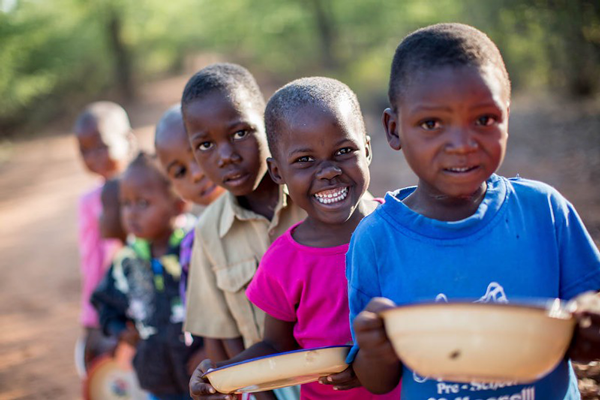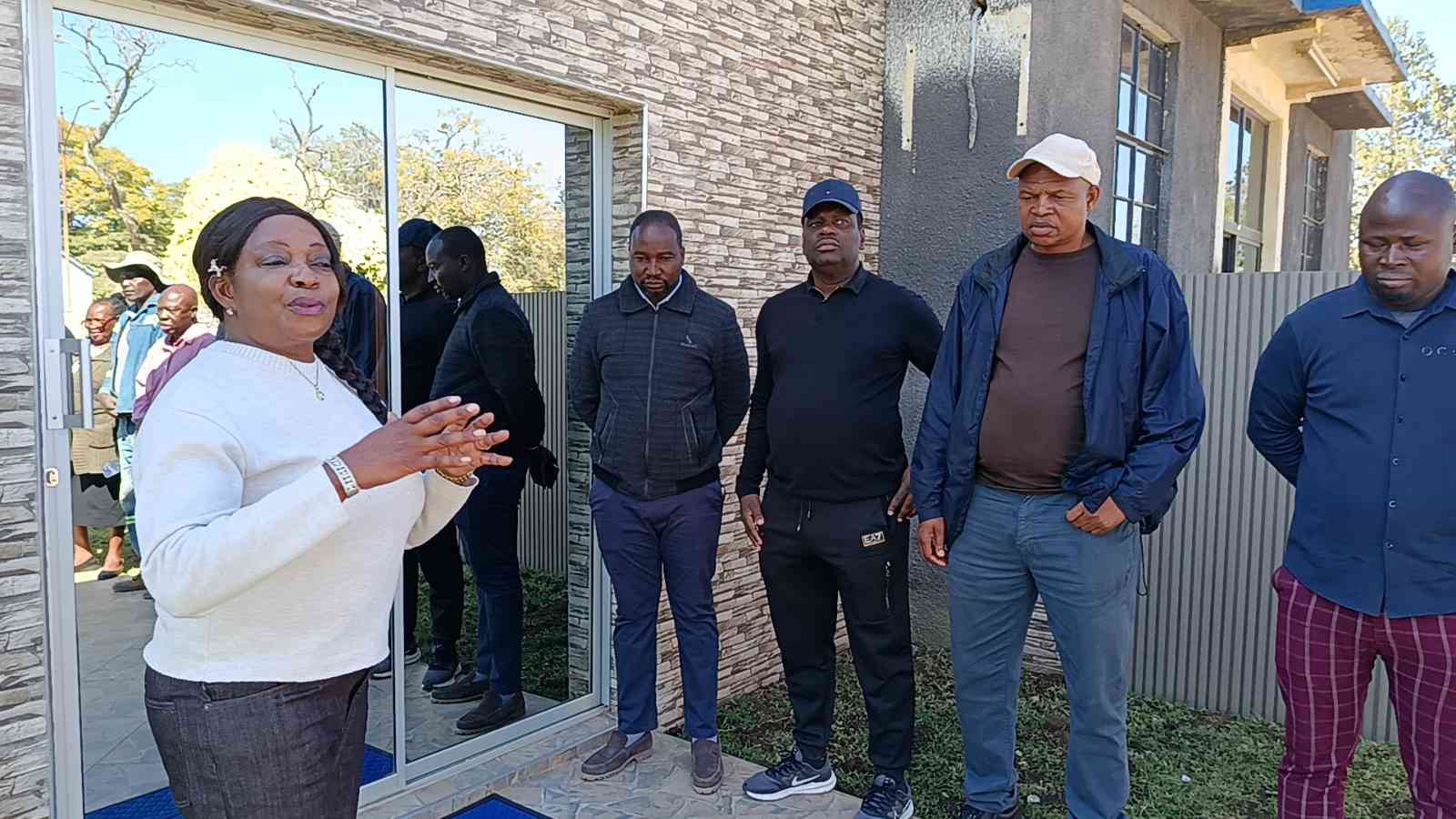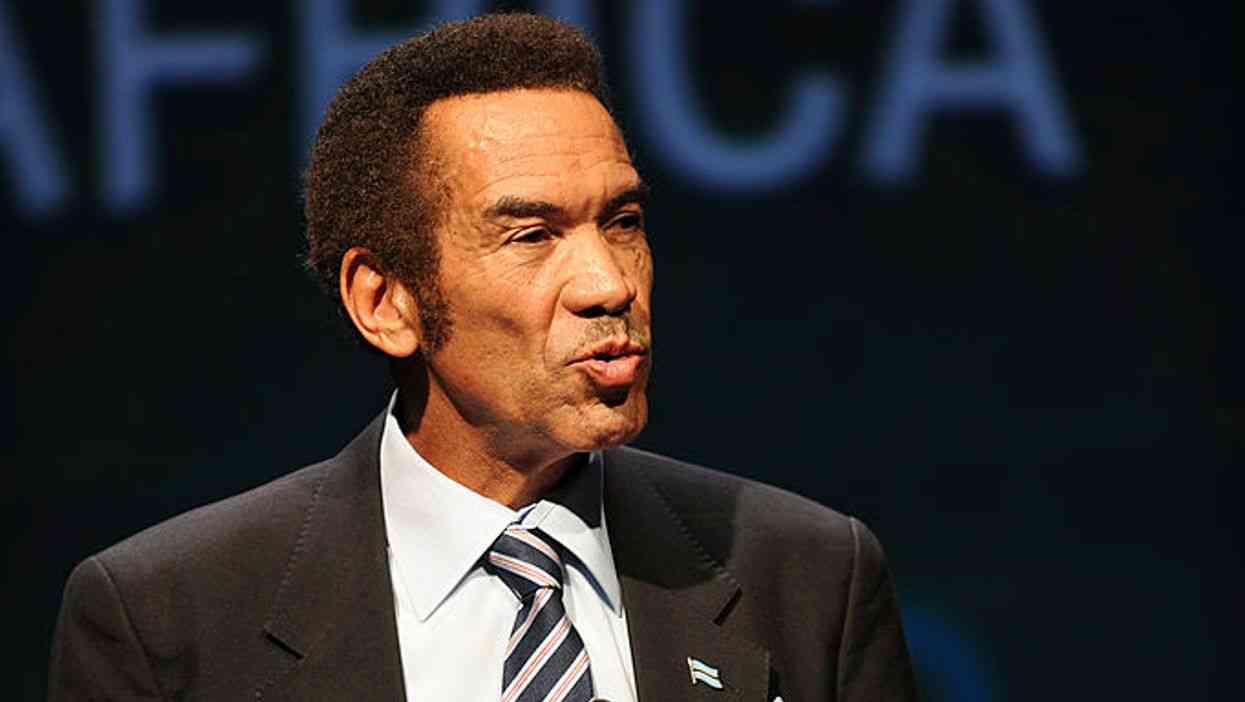
New York — Zimbabwe’s food situation is moving from a crisis to an emergency because of El Nino-induced drought and the ongoing economic meltdown, the United Nations has said.
Plaxedes Chibura of Epworth, located about 20km south-east of Harare, is in desperate need of food aid.
“We have resorted to just one meal a day,” said Chibura (48), who struggles to care for her grandchildren.
“At times, it’s just the vegetables we get in our garden. We are struggling to get money to buy food. I wish donors would bring us food, especially for the children, as I am not employed.
“Even school fees I can’t pay. One of them [the children] was not well, so we incurred medical bills.”
According to a recent report by UN aid agencies and the government, Zimbabwe needs about $218 million to stave off hunger for about 5,5 million people between now and April 2020, when the next harvest is expected. That’s assuming there will be enough rain.
Bishow Parajuli, the coordinator of UN agencies in Zimbabwe, urged farmers to invest in irrigation and small grains as part of efforts to reduce the effects of climate.
The world body says Zimbabwe is among several southern African nations hit by extreme weather in the 2018-19 growing season.
- Chamisa under fire over US$120K donation
- Mavhunga puts DeMbare into Chibuku quarterfinals
- Pension funds bet on Cabora Bassa oilfields
- Councils defy govt fire tender directive
Keep Reading
The drought has devastated crops — especially naize, which is used to make the staple food sadza, a thick porridge that is served with relish.
In addition, Cyclone Idai in March destroyed many crops a few weeks before harvest time.
“Unfortunately, we are moving from a crisis to an emergency, which is pretty serious,” Parajuli said.
“Also the economic challenges facing the country, people have lost their income. The situation is really precarious.”
The drought has also affected the water supply. Michael Chideme, the spokesman for Harare City Council, says two of the capital’s reservoirs have dried out and others are following suit. Water rationing has begun.
Zimbabwe’s hopes now depend on “the generosity of the international community”, Parajuli said.
World Food Programme (WFP) spokesperson Herve Verhoosel said the crisis was likely to last until September with a further deterioration into December that would widen the impact to more than 4,7 million people.
He said the hunger period would peak at the height of the lean season, from January through March 2020, when 59% of rural households, or over 5.5 million people, would be food-insecure.
“Given the scale and scope of the food insecurity in Zimbabwe,” Verhoosel said, “WFP is planning to scale up to assist over two million people” by the peak of the lean season during early next year.
Until then, teams will continue providing food assistance to the most vulnerable populations, while also helping communities to build resilience to climate change and future shock impacts.
Over the next nine months, the WFP urgently requires $173 million to meet these needs. — VOA/ UN News










